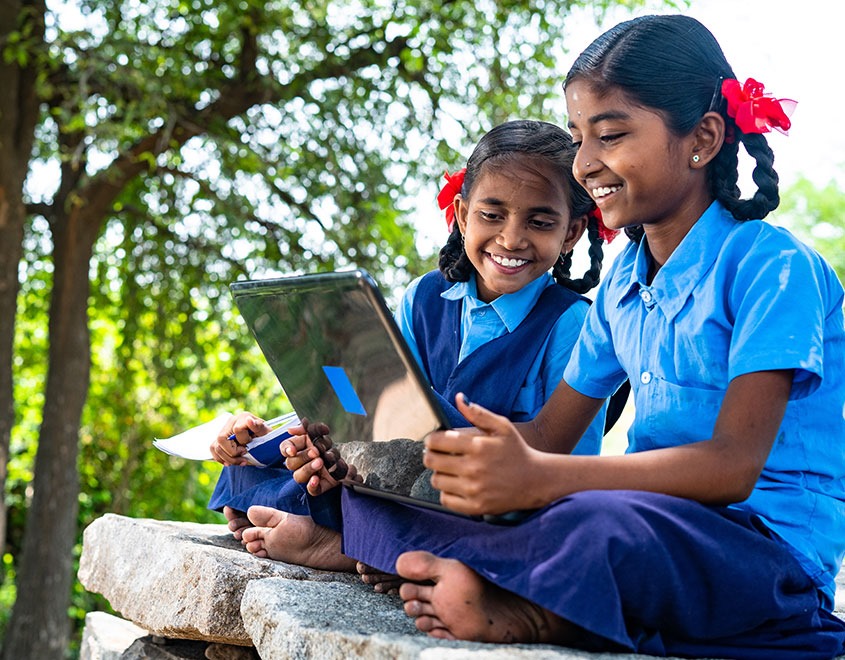India has always been a land of learning. From the world-renowned Nalanda University in ancient times to the rise of modern public education, the country has long placed a high value on knowledge and access to education. Today, as parents increasingly seek both quality and affordability, India is making significant progress in providing affordable and accessible quality learning both offline and online.
After India gained independence, the first Prime Minister, Jawaharlal Nehru, laid a strong foundation for affordable education. His vision focused on building institutions that could serve the common citizen regardless of background. Over the years, this vision evolved into a wide network of government schools, affordable colleges, and now even low-cost digital learning platforms.
Today, India is home to over 15 lakh schools and 1,100+ universities, serving millions of students across economic backgrounds. According to the Ministry of Education’s 2025 data, the Gross Enrolment Ratio (GER) in higher education has reached 29.5%, showing consistent growth and increased participation from rural and economically weaker sections.
A key driver of recent progress has been online education. Platforms offering virtual learning, hybrid classrooms, and digital content have made quality education available even in the remotest corners. In 2025, India’s online education market is expected to reach $5 billion, up from $2.8 billion in 2020. Schools and EdTech companies are partnering to provide affordable, curriculum-aligned content to students from Class 1 to 12.
State governments are also doing their bit. Uttar Pradesh has introduced smart classrooms in over 1 lakh schools, while Odisha is building 835 tech-enabled schools in rural areas. NEP 2020 has boosted digital learning adoption, skill-based training, and multilingual instruction.
Under the leadership of Prime Minister Narendra Modi, the government has launched several major education initiatives in the last decade. The National Education Policy (NEP) 2020, a landmark reform, aims to universalize education from pre-primary to secondary levels by 2030. In 2021, the PM e-Vidya initiative was launched to unify all digital and online education efforts, including platforms like DIKSHA, SWAYAM, and TV-based learning for students without internet access. As of 2024, DIKSHA has served over 3.5 billion learning sessions, while SWAYAM offers more than 2,000 free courses for school and higher education. Additionally, the 12 dedicated TV channels under SWAYAM Prabha ensure educational access for students in remote areas with limited internet connectivity.
Despite this, challenges persist ranging from patchy internet in rural areas to gaps in teacher training and curriculum updates. Still, the intent and direction are clear.
As Sharmin Habib, Head of Business at The Himalayan School, remarked, “India is at a crucial turning point. With consistent policy support and community involvement, we can offer world-class education without making it a burden on families. For today’s parents, the landscape is evolving. From smart classrooms to online and hybrid schooling options, families now have more affordable and flexible learning pathways than ever before. Online Education is bridging the gap between quality and access, especially for students in remote or underserved areas.
However, India is steadily turning affordable, quality education from an ideal into a national reality, Further she added.
With strong government backing, increased digital integration, and a growing focus on online learning, India’s education ecosystem is evolving rapidly. The goal is no longer just to educate, but to empower through accessibility, innovation, and equity. As India moves ahead, it has the potential not just to lead within its borders, but to become a global model for affordable quality education in the 21st century.


